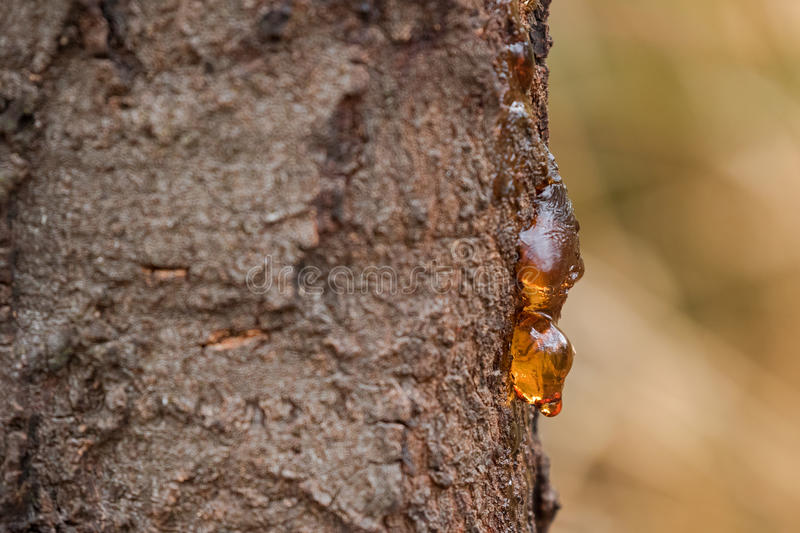The Africa Forests Forum Unveils Gems in The Forest

The Centre for Coordination of Agricultural Development in Southern Africa (CCARDESA) attended a forestry webinar organized by the African Forests Forum (AFF) that revealed the richness of the gems emanating from forests. Looking at most forests at face value, one would not think valuable things are contained therein.
Some of the gems that come from forests include gum. Gum is sap or other resinous material associated with certain species of the plant kingdom. This material is often polysaccharide-based and is most frequently associated with woody plants, and is found particularly under the bark or seed coat.
Another gem is resins. Resins are produced in special resin cells in plants and are also produced when an injury occurs and can be created through the bark of a tree, the flowers of a herb, or the buds of a shrub. These are widely used in building as adhesives, coatings, or construction material when a strong bond is required, such as laminated wood construction. Resins are also popular in decorating self-levelling floors and architectural surfaces, enabling the use of recycled materials.
The Africa Forests Forum, in collaboration with the Network for Natural Gums and Resins in Africa (NGARA), undertook a study aimed to assess the state of production, trade-in gums and resins, capacity needs amongst value chain actors, and policy frameworks in selected countries susceptible to climate change in Burkina Faso, Niger, Kenya and Tanzania. These are countries perceived to be vulnerable to climate change.
Prof. Boniface Mbilinyi from the Sokoine University of Agriculture presented the study's findings for the resource assessment to update information on the distribution and production potential of gums and resins in Kishapu, Igunga and Iramba Districts in Tanzania. The study revealed that gums and resins products are among the most critical Non-Timber Forest Products (NTFPs) in the arid and semi-arid areas where agriculture and other land-use systems are often harsh and unpredictable. Furthermore, gums and resins products offer good opportunities for improving rural livelihoods and reducing poverty for the communities, especially women and youth who are academically and socially disadvantaged benefit economically from trading gums and resins.
Prof. Mbilinyi further revealed that gum is produced in varying quantities ranging from 1,000 to over 4,000 MT in year1. However, recent statistics show lower volumes than in the past ten years. He also revealed that no tapping of trees is involved as production is from the natural exudates. The findings showed high deforestation rates in the gum production sites that threaten the business for the whole chain of gum collectors, traders, merchants and exporters.
The study recommended that forests be preserved and protected from deforestation and improved production practices through training on the identified needs. It also suggested that empowerment of stakeholders through the establishment of user groups or cooperatives be strengthened. These groups would seek attractive and reliable markets for the gum sector, coordinate the market, and promote the value of the resources for their perpetuation.
Speaking at the media round table, a side event of the webinar, Dr Marie Louise Avana-Tientcheu, Senior Programme Officer for African Forests, People and Climate Change African Forest Forum, shared multiple benefits of sustainable forest-based value chains. She cited increased interest and engagement for youth and women in the forestry sector. She also mentioned great opportunities for forest-based small-medium enterprises(SMEs) and Private, Public, Partnerships (PPPs), including livelihood opportunities to local communities and vulnerable groups. Dr Avana-Tientcheu shared that it also provided diversification of trade options for forestry products and services and promoted holistic/participative/integrated management approach in African forest and promising avenues for resilient, low-emission, equitable, gender-sensitive business models.
Frankincense and Myrrh are some of the final products that come out of gums and resins. These are high level and expensive products which if forests are managed well, the GDP for Africa can increase. Next time you see a forest, don't only think of charcoal and traditional fruits; think of the economic prosperity there.
The hybrid webinar drew over 300 participants, including social scientists, agriculturalists, and media from across the African continent. The media promised to sensitize the communities on the importance of forests and their role in boosting economies.

























































